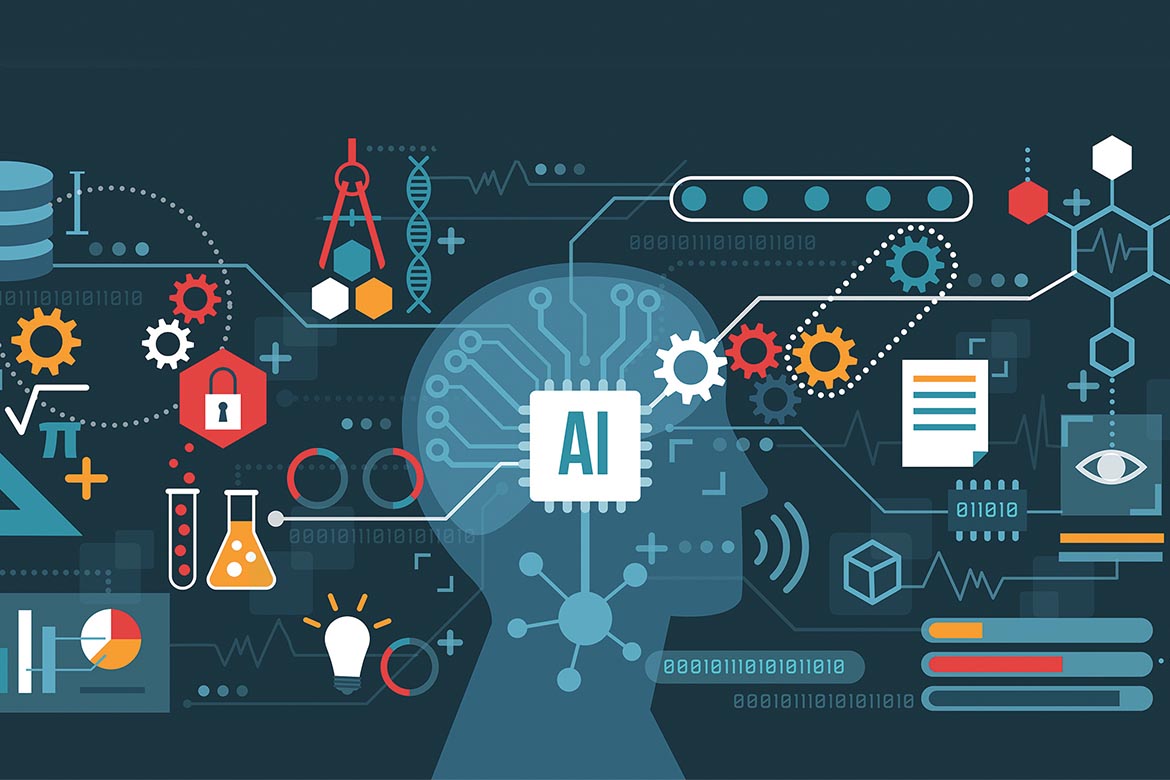Quality Assurance (QA) has been a crucial component of software development over the years. With the advancement of technology, the introduction of AI-based QA tools has revolutionized how teams approach testing. These tools utilize artificial intelligence to automate the repetitive aspects of software testing, making the process faster and more efficient. As businesses continue to adopt digital solutions, the need for reliable and effective QA processes becomes paramount. Understanding the role of AI-based QA tools within this context is essential for modern developers and testers.
The landscape of software development is rapidly changing, and AI-based QA tools are at the forefront of this transformation. These tools not only streamline the testing process but also enhance the accuracy and reliability of software products. By leveraging AI capabilities, QA teams can focus on more complex tasks while automation handles the routine checks.

What Are AI-based QA tools?
AI-based QA tools are advanced software solutions that integrate artificial intelligence to improve the effectiveness of Quality Assurance tasks. These tools can analyze large datasets, predict potential issues, and automate test cases, reducing the workload on human testers. They offer capabilities such as regression testing, visual testing, and integration testing, all while learning and adapting over time.
For businesses looking to boost their QA processes, AI-based QA tools can provide a significant advantage. Their ability to learn from previous tests and adapt to new challenges makes them an invaluable asset in today’s fast-paced software development environment.
Benefits of Using AI-based QA tools
1. Enhanced Accuracy
One of the primary benefits of using AI-based QA tools is the improvement in accuracy they provide. By automating mundane tasks, these tools minimize the risk of human error, leading to more reliable test results. This accuracy is crucial for delivering a high-quality software product.
2. Time Efficiency
With the ability to run multiple tests simultaneously and at a rapid pace, AI-based QA tools significantly reduce the time it takes to conduct tests. This efficiency allows teams to meet tight deadlines while maintaining a high standard of quality.
3. Cost Reduction
Automating repetitive tasks with AI-based QA tools helps reduce the costs associated with manual testing. Companies can redirect resources towards more strategic activities, leading to better overall project budgets.
4. Improved Test Coverage
By utilizing machine learning principles, AI-based QA tools can provide comprehensive coverage by automatically generating test cases based on code changes and user scenarios. This enhanced coverage ensures that even the smallest of issues are identified and addressed promptly.
Challenges of Implementing AI-based QA tools
1. Initial Setup and Training
Implementing AI-based QA tools requires an initial investment of time and resources to set up and train the system. Teams may face challenges in integrating these tools into existing workflows and ensuring they align with organizational processes.
2. Dependency on Quality Data
The effectiveness of AI-based QA tools largely depends on the quality of data they are trained on. Inaccurate or outdated data can lead to poor testing outcomes, highlighting the importance of maintaining high data quality throughout the testing process.
3. Over-Reliance on Automation
While AI-based QA tools can automate many tasks, it’s essential to maintain a balance between automation and human oversight. Relying solely on AI can lead to neglecting critical aspects of manual testing that require human judgment and insight.
How AI-based QA tools Work
AI-based QA tools use machine learning algorithms to analyze and interpret data from various testing environments. They can identify patterns and anomalies, enabling them to predict potential issues and suggest corrective actions. These predictions allow QA teams to address problems before they arise, improving the overall quality of the software product.
Popular AI-based QA tools
There are several AI-based QA tools available in the market, each offering unique features and capabilities. Some popular tools include:
1. Testim
Testim uses AI to create stable, self-healing tests that adapt to changes in the UI. It helps in reducing maintenance time and improving test accuracy.
2. Applitools
Specializing in visual testing, Applitools uses AI to verify user interfaces across different platforms, ensuring consistency and correctness.
3. Mabl
Mabl provides a comprehensive solution for functional testing, utilizing AI to run tests and generate insightful reports.
Integrating AI-based QA tools into Your Workflow
Integrating AI-based QA tools requires careful planning and execution. Teams should start by identifying specific areas where AI can add value, such as automating regressions or enhancing data-driven testing. Collaboration between QA and development teams is key to maximizing the benefits of AI integration.
The Future of AI-based QA tools
As technology evolves, the capabilities of AI-based QA tools are expected to grow exponentially. Emerging trends, such as integrating AI with low-code platforms, will further democratize the use of these tools, making them accessible to a wider range of users, including those with minimal technical expertise.

FAQs
- What are AI-based QA tools?
They are tools that use artificial intelligence to automate and improve the quality assurance process.
- How can AI-based QA tools improve testing?
They enhance accuracy, reduce testing time, cut costs, and improve test coverage by automating repetitive tasks.
- What challenges do companies face when implementing AI-based QA tools?
Challenges include the initial setup and training, dependency on quality data, and avoiding over-reliance on automation.
To ensure the success of AI-based QA tools, organizations must approach their implementation with a strategic mindset and a willingness to adapt to new methodologies.
For more information on tools and their benefits, you can visit Digital Ocean’s resource page.
To learn more about different methods in measuring efficiency and versatility in tools, you can explore the measuring guide from Qualitech.
This article contains affiliate links. We may earn a commission at no extra cost to you.

